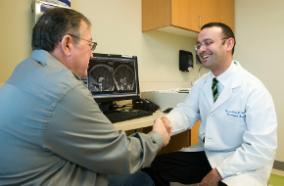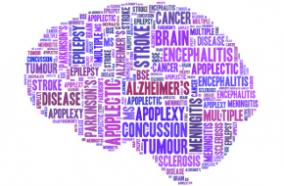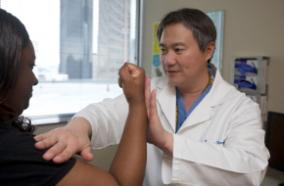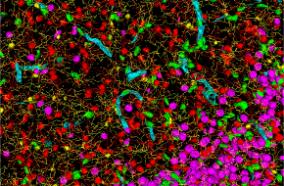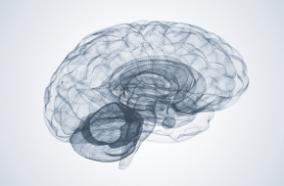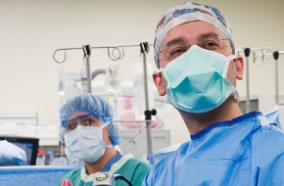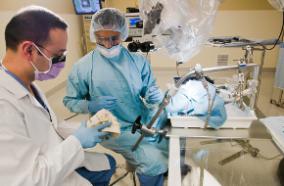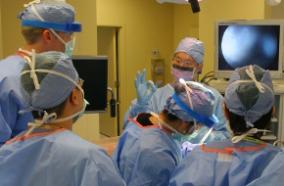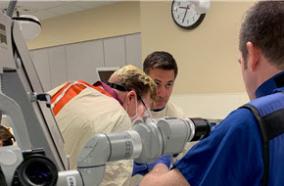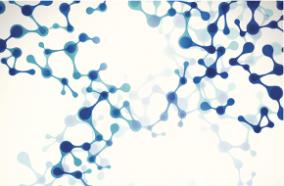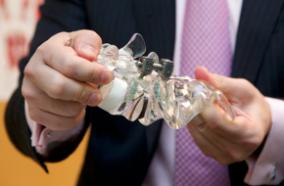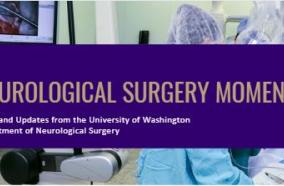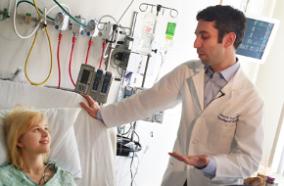UW Neurological Surgery Recent PubMed Publications
Genome-Wide Association Study of Circulating Interleukin 6 Levels Identifies Novel Loci
Core outcomes set for research on the treatment of opioid use disorder (COS-OUD): the National Institute on Drug Abuse Clinical Trials Network protocol for an e-Delphi consensus study
Development of WRRL: A New Computerized Measure of the Reflecting/Reorganizing Function
Modelling the impact of an HIV testing intervention on HIV transmission among men who have sex with men in China
A brain-penetrant microtubule-targeting agent that disrupts hallmarks of glioma tumorigenesis
The Push, Pull, and Enabling Capacities Necessary for Legume Grain Inclusion into Sustainable Agri-Food Systems and Healthy Diets
Referntial Activity as a Measure of Episodic Memory
Narrativity and Referential Activity Predict Episodic Memory Strength in Autobiographical Memories
Massachusetts Justice Community Opioid Innovation Network (MassJCOIN)
Genetic and Pharmacological Manipulations of Glyoxalase 1 Mediate Ethanol Withdrawal Seizure Susceptibility in Mice
Editorial: Geoffrey Burnstock - An Accidental Pharmacologist
Symptomatic cerebral vasospasm following resection of skull base tumors: Case report and literature review
Management of pelvic organ prolapse of ruptured and extruded bladder from a rare complication of vaginal hysterectomy: a case presentation
Whole blood genome-wide transcriptome profiling and metagenomics next-generation sequencing in young infants with suspected sepsis in a low-and middle-income country: A study protocol
Functional impact of a congenital stationary night blindness type 2 mutation depends on subunit composition of Ca<sub>v</sub>1.4 Ca<sup>2+</sup> channels
Beat-to-beat blood pressure measurement using a cuffless device does not accurately reflect invasive blood pressure
Navigating radial artery loops in neurointerventions
YAP1 and its fusion proteins in cancer initiation, progression and therapeutic resistance.
YAP1 and its fusion proteins in cancer initiation, progression and therapeutic resistance.
Dev Biol. 2021 Jan 08;:
Authors: Szulzewsky F, Holland EC, Vasioukhin V
Abstract
YAP1 is a transcriptional co-activator whose activity is controlled by the Hippo signaling pathway. In addition to important functions in normal tissue homeostasis and regeneration, YAP1 has also prominent functions in cancer initiation, aggressiveness, metastasis, and therapy resistance. In this review we are discussing the molecular functions of YAP1 and its roles in cancer, with a focus on the different mechanisms of de-regulation of YAP1 activity in human cancers, including inactivation of upstream Hippo pathway tumor suppressors, regulation by intersecting pathways, miRNAs, and viral oncogenes. We are also discussing new findings on the function and biology of the recently identified family of YAP1 gene fusions, that constitute a new type of activating mutation of YAP1 and that are the likely oncogenic drivers in several subtypes of human cancers. Lastly, we also discuss different strategies of therapeutic inhibition of YAP1 functions.
PMID: 33428889 [PubMed - as supplied by publisher]
Identification of synergistic and antagonistic actions of environmental pollutants: Bisphenols A, S and F in the presence of DEP, DBP, BADGE and BADGE·2HCl in three component mixtures.
Identification of synergistic and antagonistic actions of environmental pollutants: Bisphenols A, S and F in the presence of DEP, DBP, BADGE and BADGE·2HCl in three component mixtures.
Sci Total Environ. 2021 Jan 04;767:144286
Authors: Jatkowska N, Kudłak B, Lewandowska P, Liu W, Williams MJ, Schiöth HB
Abstract
Ecosystems are facing increased pressure due to the emission of many classes of emerging contaminants. However, very little is known about the interactions of these pollutants, such as bisphenols (BPs), plasticizers or pharmaceuticals. By employing bioluminescent bacteria (Microtox assay), we were able to define interactions between selected emerging pollutants (namely BPA, BPS, BPF, BADGE, BADGE·2HCl, DEP, DBP) in ternary mixtures, at environmentally relevant concentration levels (down to as low as 1.89, 1.42, 3.08, and 0.326 μM for, respectively, BPA, BPF, BPS and BADGE·2HCl). We provide the first systematic analysis of bisphenols and phthalates in three component mixtures. Using this system, we performed toxicity modelling with concentration addition (CA) and independent action (IA) approaches, followed by data interpretation using Model Deviation Ratio (MDR) evaluation. Interestingly, we mathematically and experimentally confirmed a novel synergy between BPA, BADGE and BADGE·2HCl. The synergy of BPA, BADGE and BADGE·2HCl is distinct, with both models suggesting these analytes have a similar mode of action (MOA). Moreover, we unexpectedly found a strong antagonistic impact with DEP, in mixtures containing BPA and BADGE analogues, which is confirmed with both mathematical models. Our study also shows that the impact of BPS and BPF in many mixtures is highly concentration dependent, justifying the necessity to perform mixture studies using wide concentration ranges. Overall, this study demonstrates that bioluminescent bacteria are a relevant model for detecting the synergistic and antagonist actions of environmental pollutants in mixtures, and highlights the importance of analyzing combinations of pollutants in higher order mixtures.
PMID: 33429266 [PubMed - as supplied by publisher]

